Smart Trade Show Strategies: How Small Businesses Can Maximize Your Impact on a Budget
January 12th 2025
Trade shows provide small businesses with an invaluable opportunity to showcase their products, increase brand awareness, and build connections with potential customers, partners, and industry influencers. However, for businesses operating on tight budgets, the costs associated with exhibiting at these events can be a major hurdle. To make the most of your investment and maximize your return on investment (ROI), it’s crucial for small businesses to approach trade show participation strategically.
Let’s explore some key strategies that can help small businesses achieve the best possible outcomes at trade shows without overspending.
1. Establish Measurable Objectives
The first step in ensuring your trade show participation is effective and results-driven is to set clear, measurable goals. Without defined objectives, it’s easy to get sidetracked and waste money on unnecessary elements.
Common goals might include:
- Generating a specific number of leads
- Securing targeted sales or partnerships
- Increasing brand visibility within a specific market segment
- Collecting feedback on a new product
By setting clear goals upfront, you’ll have a better understanding of where to allocate resources and which activities will provide the greatest return for your business.
2. Select Events That Align with Your Niche
It might be tempting to attend every trade show in your industry, but this can quickly lead to overspending. Small businesses should prioritize events that align with their niche. Smaller, industry-specific trade shows often come with lower costs and attract a more targeted audience, leading to better engagement.
Thorough research is key to ensuring that the event attracts the right mix of potential customers and industry professionals. Look for trade shows that have a high concentration of attendees who match your customer profile, so that every interaction can contribute directly to your bottom line.
3. Take Advantage of Early Bird Discounts and Special Offers
Many trade show organizers offer early bird rates and discounts for exhibitors who sign up well in advance. These discounts can add up, especially on booth rentals and additional services like electricity, Wi-Fi, and carpeting.
Don’t hesitate to negotiate with event organizers. Sometimes, they may be willing to offer discounts, complimentary services, or more flexible booth locations in exchange for filling up spaces. If you’re a member of an industry association, ask about special rates for members or bundled packages that can help reduce overall costs.
4. Opt for Cost-Effective Booth Designs
Creating an eye-catching booth is essential, but that doesn’t mean you have to invest in an elaborate custom-built structure. Portable, modular booths can be just as effective and are usually much more affordable. These booths are typically lightweight, easy to transport, and reusable for future events, making them a smart long-term investment for small businesses.
Consider investing in quality signage, banners, and displays that can be used for multiple trade shows. Reusable designs can save money while keeping your brand messaging consistent.
5. Promote Your Presence Before, During, and After the Event
Social media and digital marketing are essential tools for increasing your visibility before, during, and after the trade show. In the weeks leading up to the event, promote your attendance on social media, through email newsletters, and on your website. Engage potential attendees by offering sneak peeks of new products or announcing any special promotions you’ll be offering at your booth.
During the event, keep engaging your online audience with behind-the-scenes content, live updates, and customer testimonials. Post-event follow-ups with new connections and leads are just as important to convert your efforts into tangible business results.
6. Invest in Thoughtful, Memorable Giveaways
When it comes to giveaways, the goal is to attract attention without overspending. Focus on offering practical, high-quality promotional items that are aligned with your brand and resonate with your audience. Avoid generic giveaways like pens or stress balls, as these are often discarded quickly and don’t create a lasting impact.
.jpg)
Consider unique, branded items such as eco-friendly bags, reusable drinkware, or tech gadgets that are useful and memorable. These thoughtful giveaways can leave a positive impression and encourage visitors to engage with your business beyond the trade show floor.
7. Share Costs with Strategic Partners
Partnering with other businesses is a great way to share the costs of exhibiting and expand your reach. Look for companies that complement your products or services and target a similar audience.
For example, if you sell kitchen equipment, you could collaborate with a company that offers kitchen gadgets. By pooling resources for booth space, marketing materials, and joint promotions, you can reduce the overall cost of attending the event while accessing a broader audience.
8. Maximize Your Team’s Performance
The success of your trade show presence often depends on how well your team performs. A knowledgeable, engaging team can convert casual visitors into valuable leads or customers. Make sure your team is well-versed in your business goals, product offerings, and key messages.
Train your team on how to engage with attendees, qualify leads, and direct traffic to your booth. Consider sending staff who are not only experts on your products but also personable and approachable. This ensures your booth attracts and retains visitors’ interest, leading to more meaningful interactions.
Conclusion
Trade shows continue to be one of the most effective ways for small businesses to increase visibility, generate leads, and establish valuable relationships within their industry. However, with careful planning and strategic execution, small businesses can participate in these events without breaking the bank.
By setting clear goals, choosing the right events, using cost-effective booth designs, promoting through digital channels, and focusing on thoughtful giveaways and collaborations, small businesses can maximize their trade show ROI and achieve lasting results that contribute to their growth and success.

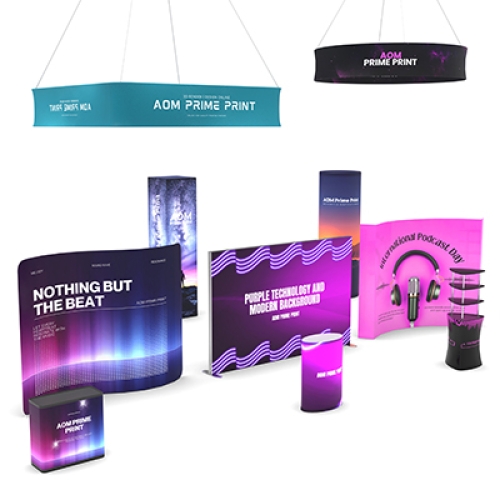
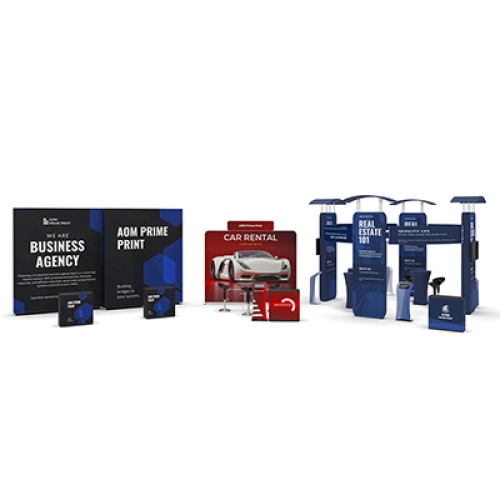

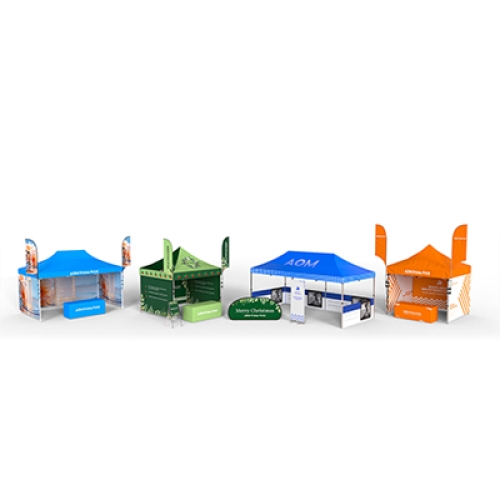
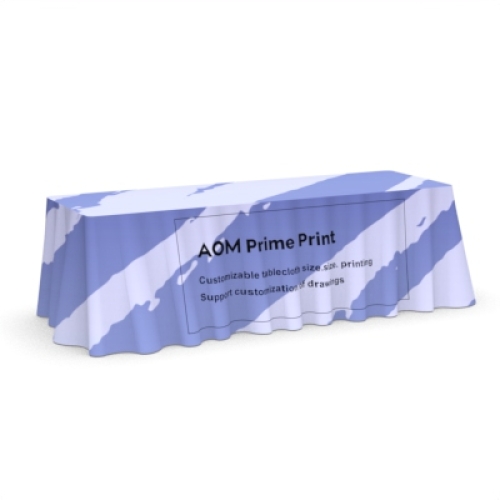


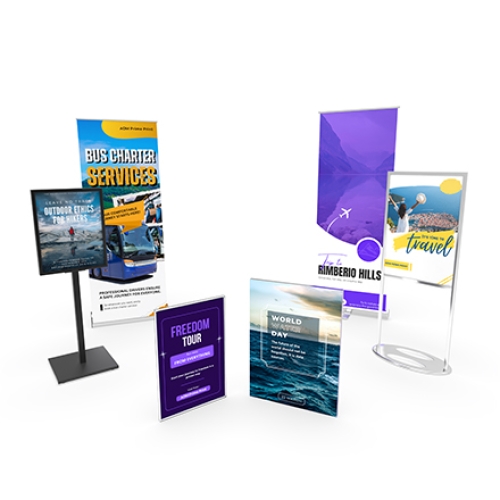
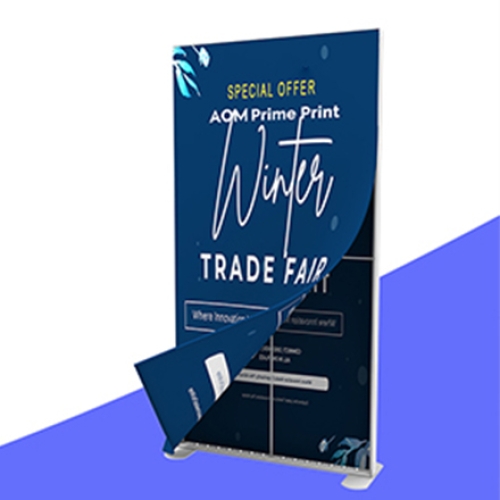
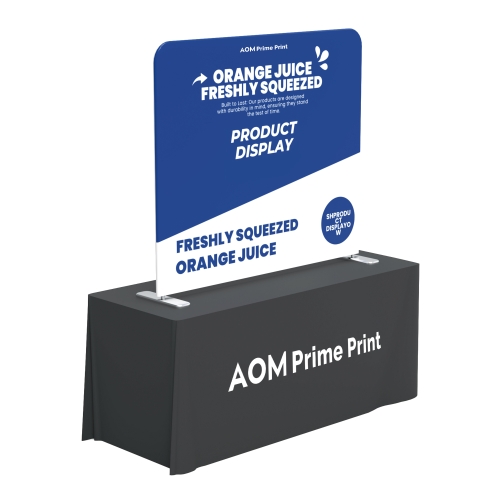
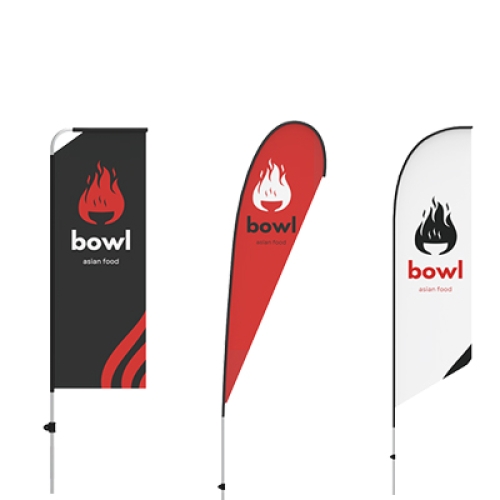


.jpg)